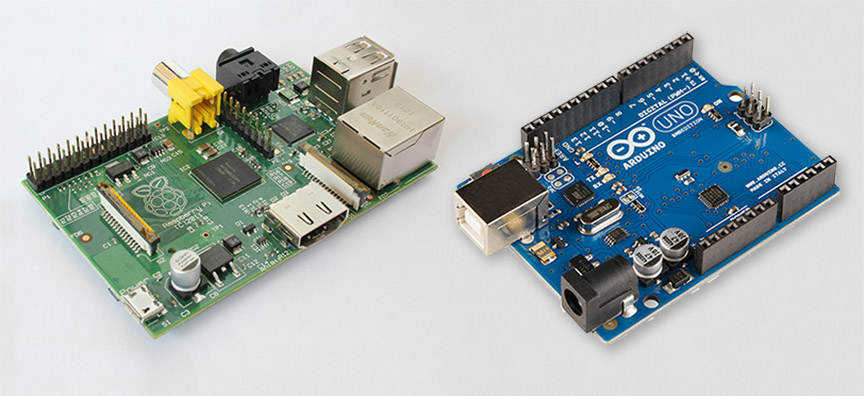What makes a collection of pixels into a magic experience? The art of storytelling. At the latest VRLA Summer Expo, creative coder Isaac Cohen (aka Cabbibo) shared his love for the human possibilities of virtual reality, digital experiences, and the power of hugs. Isaac opens the talk by thinking about how we create the representation […]
// Leap Motion Team
Our second annual 3D Jam kicks off in just a few weeks, and it’s bigger than ever! Today we’re excited to announce new prizes for competitors, bringing up our prize total to over $75,000. And we’re just getting started. Beginning September 28th, developers around the world will compete to build the most amazing motion-controlled experiences […]
As the 3D Jam approaches, developers around the globe are already getting a headstart on their projects. Zach Kinstner, the creator behind Hovercast and Firework Factory, has been sharing his latest project through a series of videos – a virtual reality guitar! We caught up with Zach this week to talk about his design process, especially the guitar’s unique combination of visual depth cues.
It’s back and bigger than ever! On September 28th, Leap Motion is kicking off its second annual global competition for developers building innovative experiences for virtual reality, desktop, mobile, and beyond.
In the two years since we released our technology to the world, we’ve been working constantly to bring new tools and assets to developers building with our platform. Resources like video passthrough, Image Hands, and UI Widgets are all small but fundamental steps in building the future of VR. We can’t wait to see what kinds of experiences you can build with them.
Last year’s competition was incredible, with over 160 submissions and some really amazing titles. For 3D Jam 2015, teams will compete in two tracks – Open and AR/VR. We’re giving away over $50,000 in prizes. Entries will be accepted until November 9th, 2015 at 11:59:59 pm PST.
Boom! The white globe in front of you explodes into an array of color and light. A fraction of a second later – whoosh! – glowing stars streak past your head, leaving you in their colorful wake.
Reaching toward the holographic interface, with the motion of a single finger, you take control of time itself. The firework slows. Stops. Then it begins to recede back to the center. You slow time again as the stars ease past you, watching as the firework surrounds you. Entropy turns on its head again, and the firework calmly implodes into a single white globe.
But how would this firework look in orange and yellow? Exploding in a spiral pattern? You casually switch between holographic menu panels to make some changes. You’re about to find out.
Music videos have evolved significantly since TRL. Last week, we were thrilled to come across a new release from Darwin Deez called Kill Your Attitude, where the perils of modern love take some truly bizarre emotional and technical twists. Love (literally) becomes a battlefield when Darwin’s angry girlfriend becomes the player in a first-person shooter, taking the central conflict to some vividly imaginative heights as she hunts him down for great justice.

Among developers, interactive designers, and digital artists, Processing is an enormously popular way to build compelling experiences with minimal coding. We’ve seen hundreds of Leap Motion experiments using Processing, from Arduino hacks to outdoor art installations, and the list grows every week.
James Britt, aka Neurogami, is the developer behind the LeapMotionP5 library, which brings together our Java API with the creative power of Processing. He’s just rolled out a major update to the library, including a new boilerplate demo and a demo designed to bridge hand input with musical output. We caught up with James to ask about the library, his latest examples, and how you can get started.
As our physical reality becomes increasingly augmented, creative coders are able to access a whole new trove of intriguing possibilities. Several weeks back, we stumbled upon one such experiment called TACTUM, an unusual combination of projection mapping, motion controls, depth sensing, and 3D printing to create customized wearables. With all that technology, the design process is surprisingly simple – all you need is the light on your skin.

For hardware hackers, boards like Arduino and Raspberry Pi are the essential building blocks that let them mix and mash things together. But while these devices don’t have the processing power to run our core tracking software, there are many ways to bridge hand tracking input on your computer with the Internet of Things.
In this post, we’ll look at a couple of platforms that can get you started right away, along with some other open source examples. This is by no means an exhaustive list – Arduino’s website features hundreds of connective possibilities, from different communication protocols to software integrations. Whether you connect your board directly to your computer, or send signals over wifi, there’s always a way to hack it.
